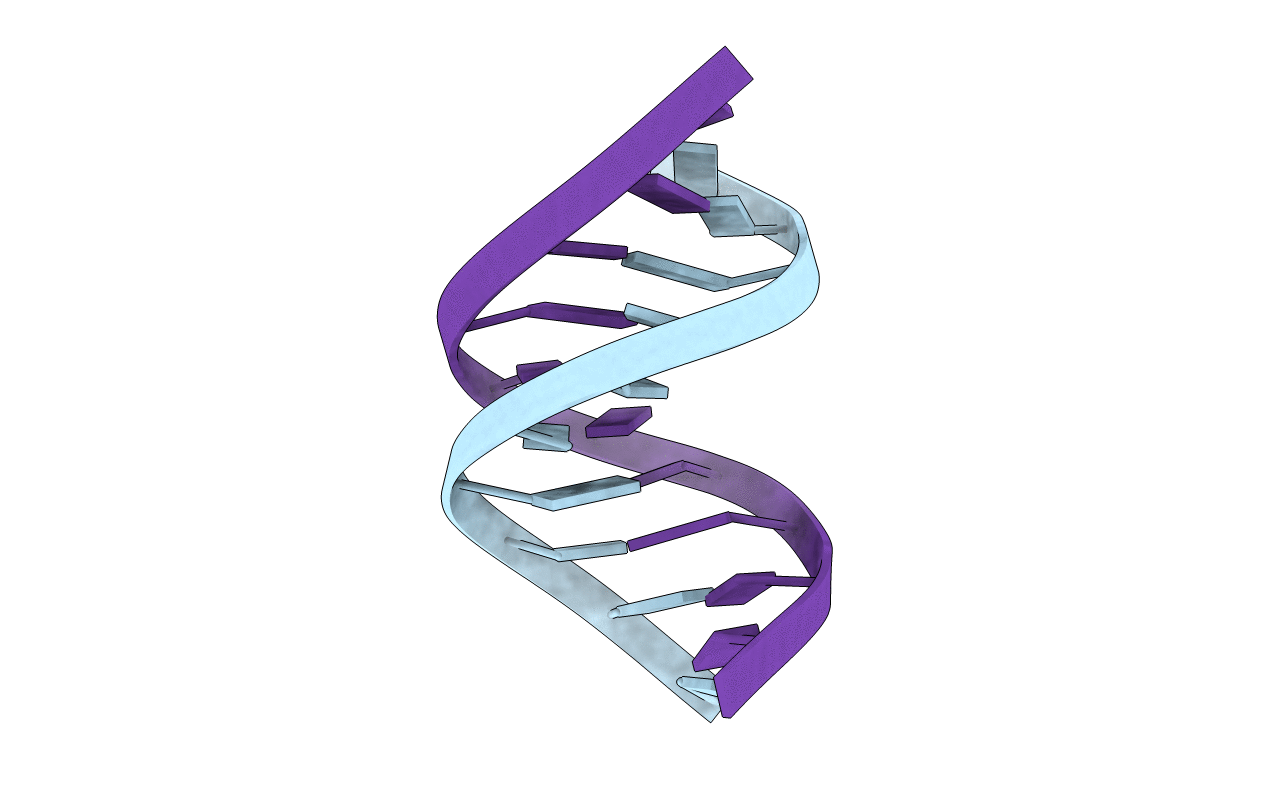
Deposition Date
1992-04-15
Release Date
1993-04-15
Last Version Date
2024-05-22
Entry Detail
Biological Source:
Source Organism:
Method Details:
Experimental Method:
Conformers Submitted:
1


